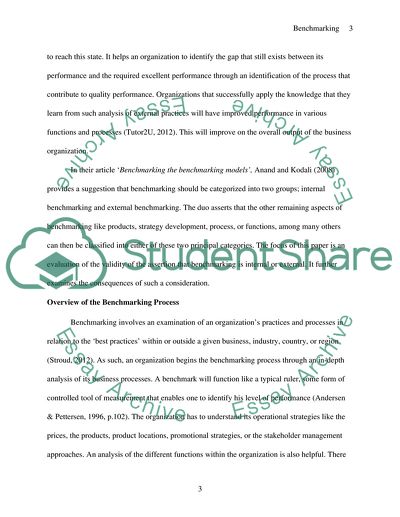Cite this document
(Classification of Benchmarking Processes Research Paper - 1, n.d.)
Classification of Benchmarking Processes Research Paper - 1. Retrieved from https://studentshare.org/macro-microeconomics/1769003-benchmarking
Classification of Benchmarking Processes Research Paper - 1. Retrieved from https://studentshare.org/macro-microeconomics/1769003-benchmarking
(Classification of Benchmarking Processes Research Paper - 1)
Classification of Benchmarking Processes Research Paper - 1. https://studentshare.org/macro-microeconomics/1769003-benchmarking.
Classification of Benchmarking Processes Research Paper - 1. https://studentshare.org/macro-microeconomics/1769003-benchmarking.
“Classification of Benchmarking Processes Research Paper - 1”, n.d. https://studentshare.org/macro-microeconomics/1769003-benchmarking.


